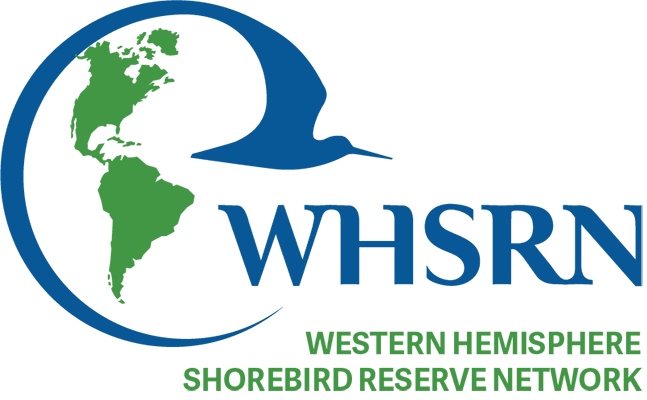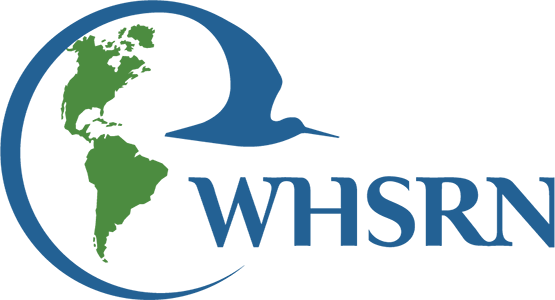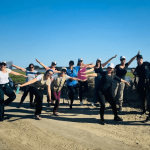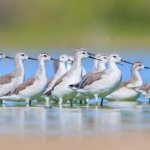Ecuador, Chile, Peru, and Colombia play a key role in the Pacific Americas Flyway, hosting critical habitats for shorebirds. Addressing the threats affecting these birds and advancing their conservation requires a concerted effort across the full annual life cycle. Cooperation among countries is essential for knowledge exchange, sharing lessons learned, and implementing more effective strategies to protect and recover species and populations.
On Tuesday, January 28, 2025, the Second Exchange Meeting among countries of the Pacific Flyway was held, facilitated by the WHSRN Executive Office and Manomet Conservation Sciences. The meeting brought together 24 participants from 13 institutions, including government ministries, NGOs, and universities. A significant milestone of this session was the inclusion of Colombia as the fourth country in the exchange, represented by the Ministry of Environment and Sustainable Development, Wildlife Conservation Society Colombia, and Asociación Calidris.
The session agenda covered three key topics of common interest. First, Jeisson Zamudio (Pacific Coordinator for South America at Manomet Conservation Sciences) presented the mechanism for measuring progress in the Conservation Strategy for Shorebirds of the Pacific Americas Flyway. He highlighted the use of a StoryMap to gather information on projects and assess their impact across the strategy’s seven key areas. Jeisson also explained how project mapping functions, offering a reference that could be applied to national conservation plans.


Images from the campaign “Beach without cars” by ROC Chile (Red de Observadores de Aves y Vida Silvestre de Chile).
Diana Eusse (Asociación Calidris/Point Blue) then introduced the Toolkit for Managing Human Disturbance of Shorebirds in Latin America, developed under the Migratory Shorebird Project (MSP). Diana explained: “The four tools available include an analysis of the current state of human disturbance in Latin America, five case studies exploring lessons learned and challenges faced, an annotated bibliography, and a resource library. Understanding the impact of human disturbance on shorebirds in Latin America and fostering collaboration among organizations to protect habitats and coastal communities is a priority.” The toolkit is available at:
https://migratoryshorebirdproject.org/wp-content/uploads/2024/04/Herramientas-manejo-de-Perturbacion-humana-Aves-playeras.pdf
As the session progressed, Paola Rossi, Wildlife Specialist at Chile’s Agricultural and Livestock Service (SAG), gave a presentation on Avian Influenza along the Pacific coast, with a focus on Chile. “Although avian influenza outbreaks have caused high mortality rates among wild and domestic bird populations, estimating the impact on shorebirds from the 2022–2023 outbreak remains a challenge. In the current season, vigilance is crucial to address the new threat posed by this disease,” she stated. Paola provided a broad overview of the avian influenza situation in the Pacific region, data on Chile’s specific situation, and details on efforts related to shorebird migration routes.
To conclude the session, Gabriela Contreras (Red de Observadores de Aves y Vida Silvestre de Chile) and Ana Agreda (Aves y Conservación) presented updates and progress on shorebird conservation plans in Chile and Ecuador.
This second exchange activity among countries of the Pacific Americas Flyway took place as part of the project “Delivering Shorebird Conservation at Local and National Scales in the Pacific Americas Flyway,” implemented by Manomet with support from the Packard Foundation.
For more information on National Conservation Plans in Ecuador, Peru, and Chile, visit:
- Ecuador: https://avesconservacion.org/wp-content/uploads/2021/11/2-PC-PACAPME_ResumenEjecutivo2021.pdf
Cover Photo: Red de Observadores de Aves y Vida Silvestre de Chile.






